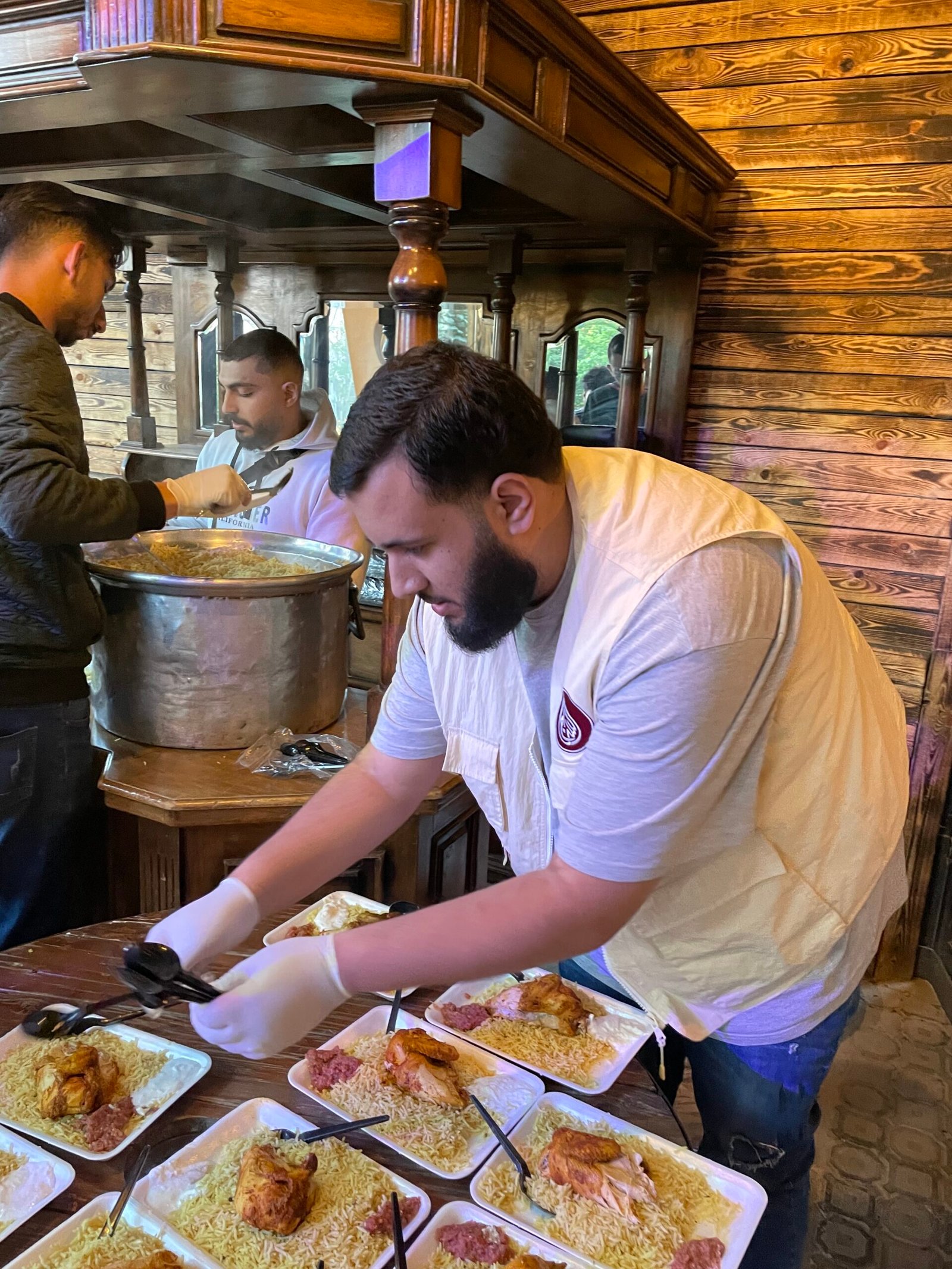Every winter, as the nights grow longer and the days grow colder, a strange phenomenon occurs in the deserts of the Middle East. Harsh winds begin to blow, carrying with them a fine dust that covers everything in sight. The dust eventually settles, blanketing the landscape in a layer of white. For weeks on end, the desert is transformed into a frigid wasteland. This phenomenon is known as a “harsh winter.” While it may seem like an oxymoron, the harsh winters of the Middle East are very real and can have devastating consequences.
High winds can cause dunes to collapse, burying homes and cars beneath tons of sand. Dust storms can cause respiratory problems and eye damage. And temperatures can plunge to sub-zero levels, making it impossible for people and animals to survive. Every year, the harsh winters of the Middle East take a toll on both the natural environment and the human population. But despite the challenges, life continues in this strange and inhospitable place. The most affected country by harsh winters in the desert in the Middle East are:
In the Middle East, snow does not simply fall in Israel. Palestine, Lebanon, Jordan, Iran, Oman, and the United Arab Emirates are other countries that occasionally see snow.
Most people died due to the harsh winter, and As-Siraj Trust wants to help the survivors of displacement and help them rebuild their lives with new opportunities. They have provided relief assistance, food, water, and shelter to those in need and are working on training programs for the local people to empower them for a better future.
How As-Siraj Trust is trying to help these people with food, shelter, and other basic needs in Jordan and Palestine
We will be in Jordan and Palestine, providing refugees in houses and tents with heaters, blankets, clothes, etc., to protect them from the cold winter weather. Additionally, we will distribute winter survival kits to those living in poor conditions. We hope that this small gesture of kindness goes a long way in helping the most vulnerable people during these difficult times. As-Siraj will also collect donations for those in need and set up a donation drive.
At As-Siraj, we believe that what unites us is far greater than what divides us. We are dedicated to helping vulnerable communities in Jordan and beyond, regardless of race, religion, or background. Together, we can make a difference!
Overall, harsh winters can severely affect people in the Middle East’s desert regions. Although some communities are better prepared and equipped to deal with cold weather events, others may face significant challenges regarding food, shelter, and other necessities. Governments and aid organizations need to recognize the impact of harsh winters in these areas and work to provide the necessary support to affected populations.
As-Siraj Trust now works for the people affected by harsh winters in the desert in the Middle East, especially in visiting Palestinian Refugee camps, where they face hardships like food insecurity and lack of resources. The Trust provides winter aid packs which include warm clothes, shoes, and blankets to help keep individuals warm during the harsh winters. The Trust also runs awareness campaigns highlighting the importance of protecting oneself against extreme cold weather conditions.
How can you help?
You can help the victims of harsh winters by donating gas heaters, blankets, and new clothing packages for children. The As-Siraj Trust team has been collecting used clothes and recycling them for needy families. As-Siraj Trust offers gas heaters, blankets, and new clothing packages for children, and you can purchase these products to help those in need. We want to thank everyone who has donated their time and money to help us continue our mission of providing aid and support for those in need. Your kindness is greatly appreciated!
You can help by donating.
If you want to donate or help, don’t hesitate to contact us at info@as-siraj.org for more information. Thank you for your support!
As-Siraj provides services in Jordan
The areas we cover in Jordan to help those affected by harsh winters are Jordan Valley, Talbieh Zizia camp, and Baqa’a camp. We provide shelter, food, and clothing for those affected by the harsh winter season. Additionally, we offer medical services to treat illnesses and injuries due to cold weather exposure or malnutrition.
In addition, we help vulnerable families with their needs, such as heating, electricity bills, and other basic requirements. Furthermore, we provide counseling to those traumatized by the harsh winter conditions. We also help create safe spaces for children and other vulnerable populations to learn and play in a secure environment. Our communities greatly appreciate our efforts and are proud of our work in Jordan.
We understand that winter is tough for many people living in Jordan, particularly those in refugee camps. Many of these people are struggling with poverty and don’t have access to basic needs such as food, shelter, or warm clothing. That is why we are doing our best to ease the suffering of those in need this winter.
Conclusion
The UK-based non-profit As-Siraj Trust works to improve the lives of the needy. We work with various local charities and development organizations to help create lasting change in regions affected by poverty, conflict, and social injustice.
Our primary focus areas include health, livelihoods, governance, and environmental protection. We provide financial support for projects that have the potential to make a significant impact on the lives of those living in poverty, and our projects focus on sustainable development. People should be empowered to create solutions and build more equitable societies.





